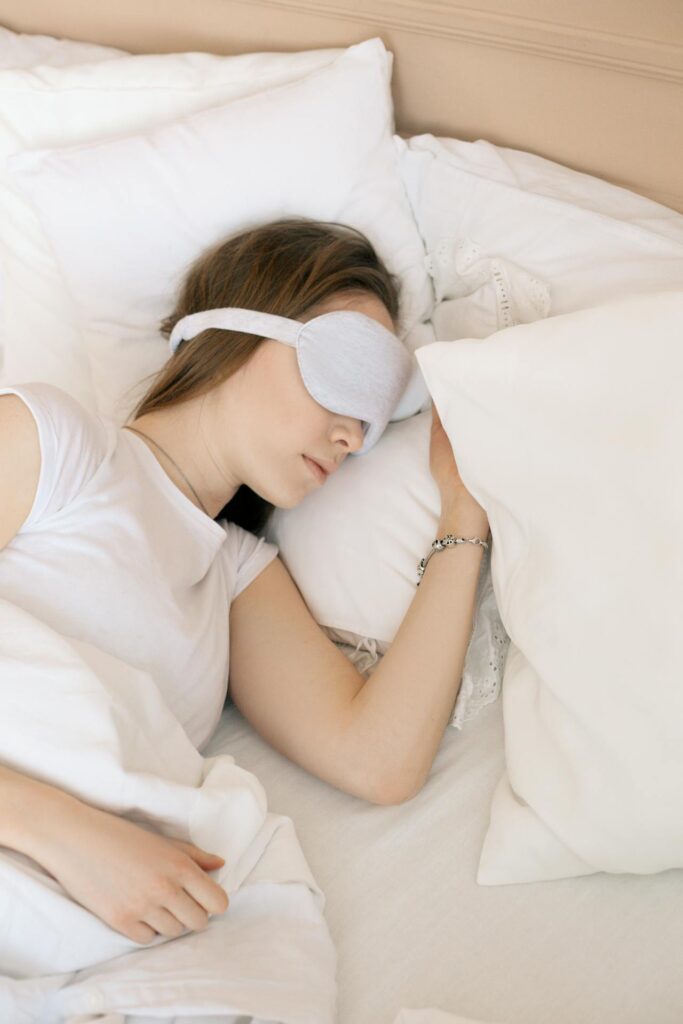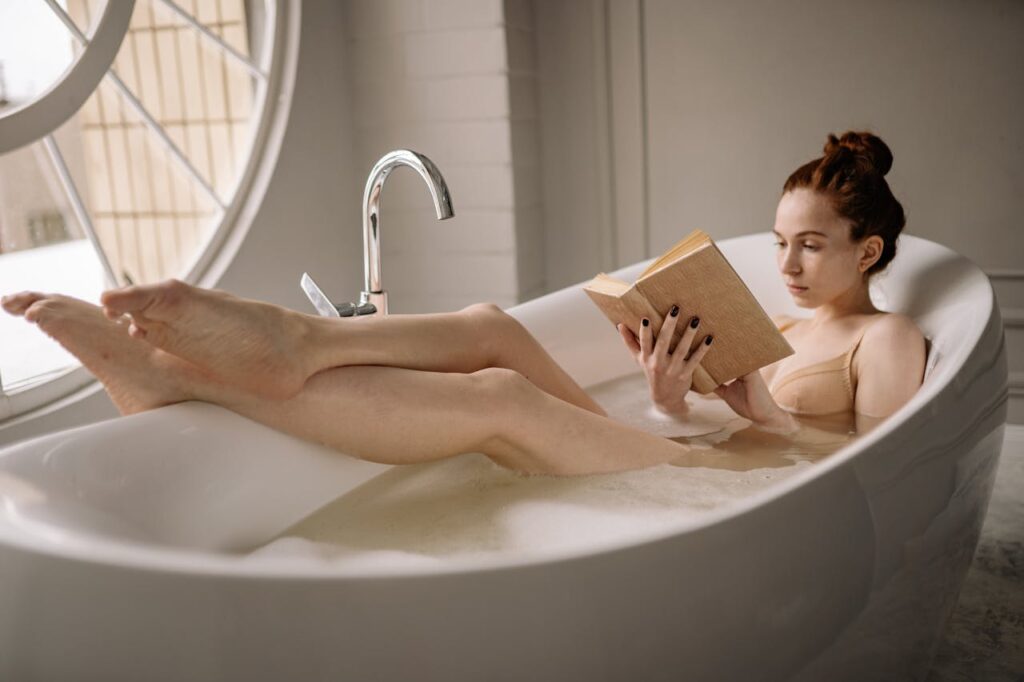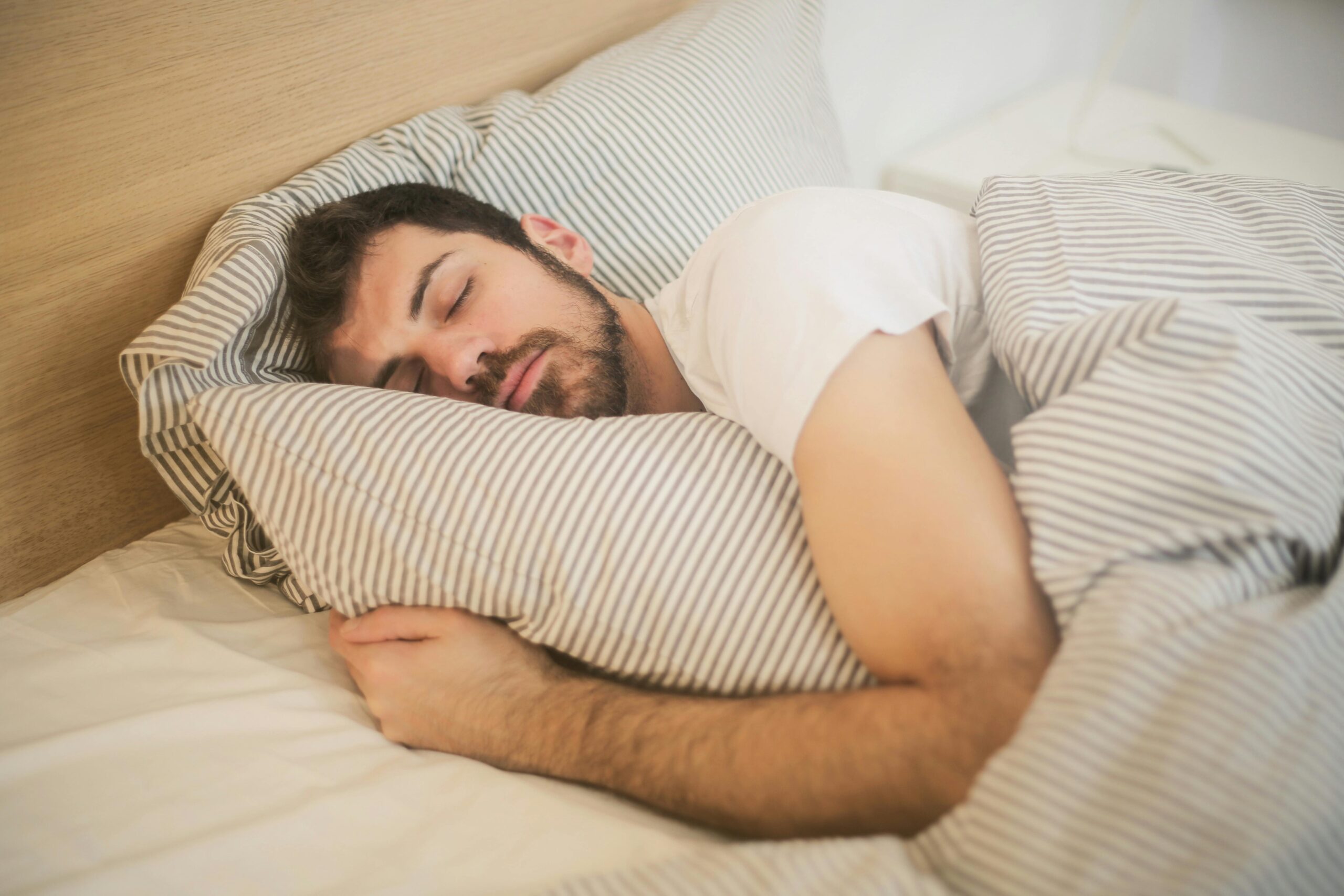Ah, sleep. You wake up, get on with your day, and then hop straight back into bed, falling asleep instantly. Right? Unfortunately, for many of us, the answer is a resounding NO!
Why do so many Australians struggle with sleep, and what can we do about it? Nearly 50% of Aussies report that their daily routines don’t allow for enough quality sleep. While time is crucial, it’s not the only factor at play. Sleep can be disrupted by a myriad of issues including stress, pollution, hormones, blue light, weight, stimulants, diet, temperature, crying babies, barking dogs, and more.
But don’t despair—there are plenty of strategies to prevent your sleep from being sabotaged and help you catch those Zs! Here are five tips to get you started:
- Cycle Syncing… the Circadian Clock
Every cell in your body has what’s known as a ‘circadian clock’. This clock regulates the timing of cellular processes, helping to control your sleep-wake cycle. Your body cells work according to this internal schedule, dictating when they should release hormones or signal other cells.
Sleep tip no. 1: Set your own circadian clock by establishing a regular sleep pattern. Start by waking up and going to bed at the same time each day for a week. Research shows that the deepest, most restorative sleep occurs between 10pm and 2am, when your pineal gland releases a significant amount of melatonin, your sleep hormone. After 2am, you enter a lighter sleep phase, which explains why many people wake up around this time. Aim to go to bed close to 10pm each night and wake up at the same time, ideally around sunrise, to support a healthy circadian rhythm.
- Eye Masks: Fancy Accessory or Sleep Necessity?
While a sleep mask can effectively block light from your eyes, it doesn’t address light sources in the rest of the room, which can still be an issue. Photoreceptors aren’t just in your eyes—they’re scattered across your body, including your skin, central nervous system, and even internal organs! These “extraocular photoreceptors” can react to light and disrupt sleep hormones like melatonin, leading to lighter and more restless sleep.

Sleep tip no. 2: Darken your room by shutting the blinds before bed. Let sunlight in during the morning to help regulate sleep hormones and boost wakefulness. Ideally, spend 10-15 minutes outside in the sun shortly after waking—enjoying breakfast outside or going for an early walk is a great option.
- Blame It on the Blues
If you’ve noticed a trend in “anti-blue light” products, you’re not alone—and there’s a good reason for it. Blue light, which comes from both natural and artificial sources, affects your sleep/wake cycles. Natural blue light from the sun is beneficial for alertness, mood, and wellbeing. However, artificial blue light from screens, LED lights, and other devices can interfere with your sleep by suppressing melatonin and increasing wakefulness.
Sleep tip no. 3: Avoid bright overhead lights in the evening and wear blue light blocking glasses. Opt for light bulbs that don’t emit blue light, and limit your screen time before bed. If you’re reading this in bed, switch off your device and go to sleep! If screens are unavoidable at night, use night mode to reduce blue light exposure.
- The Goldilocks Issue: Too Hot, Too Cold, Just Right…
Ever wondered why you sleep so well in winter? It’s likely because your body prefers a cooler sleeping environment! The ideal temperature range is between 15.6°C and 19.4°C. Your body temperature fluctuates throughout the day, declining in the evening as sleep hormones are released and then rising again in the morning. Poor thermoregulation can be linked to certain types of insomnia.
Sleep tip no. 4: Try a warm bath or shower in the evening to help regulate your body temperature for a deeper sleep. Alternatively, leave a window slightly open on cooler nights!

- Breathe
On average, we breathe about 20,000 times a day. Deliberate breathwork can significantly impact your wellbeing. Using breathing techniques before bed can engage the parasympathetic (rest and digest) nervous system. Studies suggest that slow breathing techniques, along with other relaxation methods, may be more effective at supporting sleep and reducing insomnia than some traditional medications.
Sleep tip no. 5: Incorporate calming, deep breathing techniques into your evening routine. Try the triple-4 technique: inhale through your nose for 4 seconds, hold for 4 seconds, then exhale for 4 seconds. Repeat this pattern before bed to help relax your body and prepare for sleep.
References:
Sleep Health Foundation. (2019). Chronic Insomnia Disorder in Australia. Retrieved from Sleep Health Foundation
Okamoto-Mizuno, K., & Mizuno, K. (2012). Effects of thermal environment on sleep and circadian rhythm. Journal of Physiological Anthropology, 31(1), 14. https://doi.org/10.1186/1880-6805-31-14
Jerath, R., Beveridge, C., & Barnes, V. A. (2019). Self-Regulation of Breathing as an Adjunctive Treatment of Insomnia. Frontiers in Psychiatry, 9, 780. https://doi.org/10.3389/fpsyt.2018.00780







